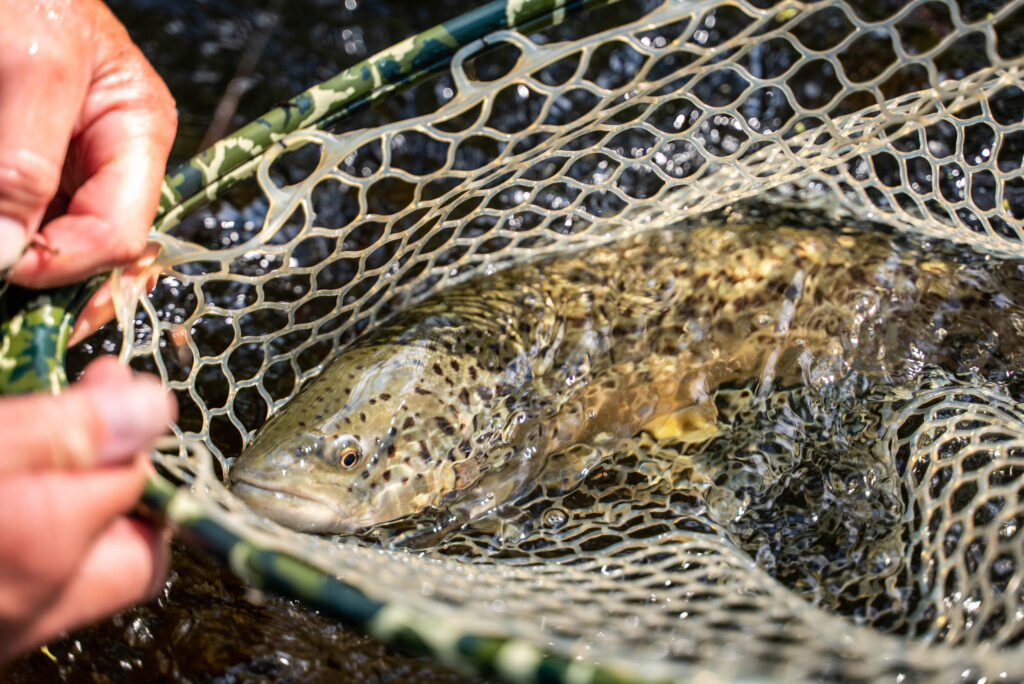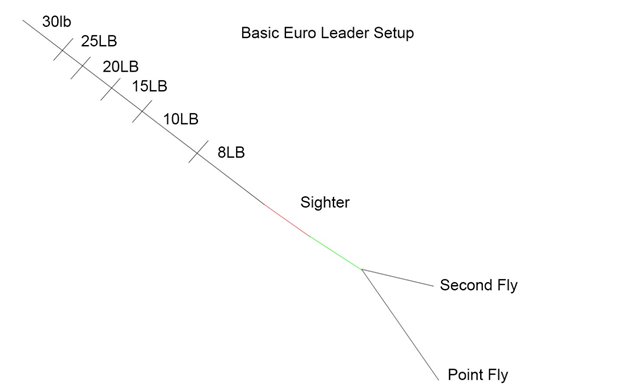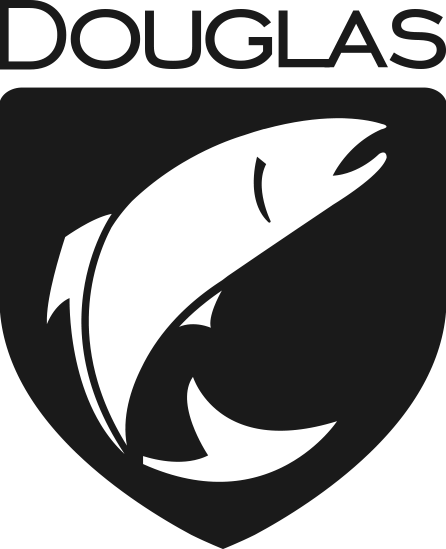European nymphing is the new Tenkara. Everyone’s doing it, and just like any new fishing fad, you have the guys who swear it’s the only way to fish.
That’s not quite true, but as someone who grew up fishing dries in a Rocky Mountain spring creek, I’ll vouch for Euro nymphing’s place in fly fishing. It’s a fun, crazy-effective way to put fish in the net. If you’ve never messed around with it, I’d highly recommend watching both Modern Nymphing and Modern Nymphing Elevated. These two films dive into the nuts and bolts of the technique and I happen to be friends with a few of the guys who worked on the production. They know exactly what they’re talking about
Today we’ll look at what I see as the most confusing aspect of this technique – rigging your rod. These tips are a combination of lessons learned from the Modern Nymphing films, time on the water with filmmaker Gilbert Rowley and Fly Fishing Team USA Silver-Medalist Lance Egan.

Best Euro Nymphing Reel and Line
Most anglers Euro nymph with a long, light rod. I’m partial to a 10’ 3wt, though anything long and light will work. The DXF 11’3wt or Sky 10’4wt would be my choices out of all the Douglas fly rods.
Those rods need a heavier-than-normal reel to balance out the rig. I’ll usually throw a click/pawl reel on my Euro rods, because they’re almost always heavier than a disc-drag reel, and I prefer click/pawl drags. The Argus fly fishing reel is a solid choice here.
Lastly, you’ll need some line. I don’t own any Euro-specific nymphing lines because I don’t personally feel a difference between those and a regular WF line. Other anglers do, and for that I’d recommend the Cortland Competition Line.

Euro Nymphing Leader Setup
It’s actually surprising to me how many line and tackle companies offer pre-built Euro leaders. For being a new-to-America angling technique, it’s gaining a ton of traction.
What that means is you can just go out and buy a Euro nymphing leader, tie it on, and start fishing.
But there’s just one thing – I’d highly recommend building your own, for two reasons:
- Yours will be stronger than anything bought from a line or tackle company
- You can customize the sighter to your desired colors
I build my leaders per the instructions from Lance Egan in Modern Nymphing, but if you don’t watch the video, the recipe is fairly simple.
Start with heavy line – 30lb Maxima – and taper down to 10 or 8-pound line. Make sure to blood knot each section together.
Once you’re down to your 8-pound line, grab some 3x fluorocarbon tippet and tie it on so that you have a leader with a total length of about 13 feet (from your 30lb line to the 3x tippet).
Then, you can use any bicolor indicator/sighter leader you want. I prefer the pink and green ones, but if you want other colors, go wild. I’d recommend about 2 feet of colored indicator line.
At this point, you have two choices: you can use a tippet ring to hang the tag ends your flies will drift on, or you can use a few different knots.
I’m a fan of knots over tippet rings. Any sharp metal edge cutting into my line while fighting a fish isn’t something I want to deal with.
Instead, I blood knot a section of 4x tippet so that, from the junction of the sighter and 4x I have about 5 feet of line. Then, I leave the short tag end of the 4x tippet about 15 inches long. I’ll attach my pointer fly to the bottom tag, and a second fly to the top.
The end result should be something that looks like this:

That’s all there is to it. Rigging your rod for Euro nymphing takes a few minutes, but once you’ve done it a half-dozen times you’ll be fine.
While you can definitely Euro nymph on shorter, heavier rods (I managed it on an 8’6”5wt once) you’ll have the best luck with a long, light rod.

Spencer Durrant is a fly fishing writer, outdoors columnist, and novelist from Utah. His work has appeared in publications like Field & Stream, American Angler, Sporting Classics Daily, Hatch Magazine, and other national outlets. Spencer is also the Managing Editor of The Modern Trout Bum. Find him on Twitter/Instagram, @Spencer_Durrant.
